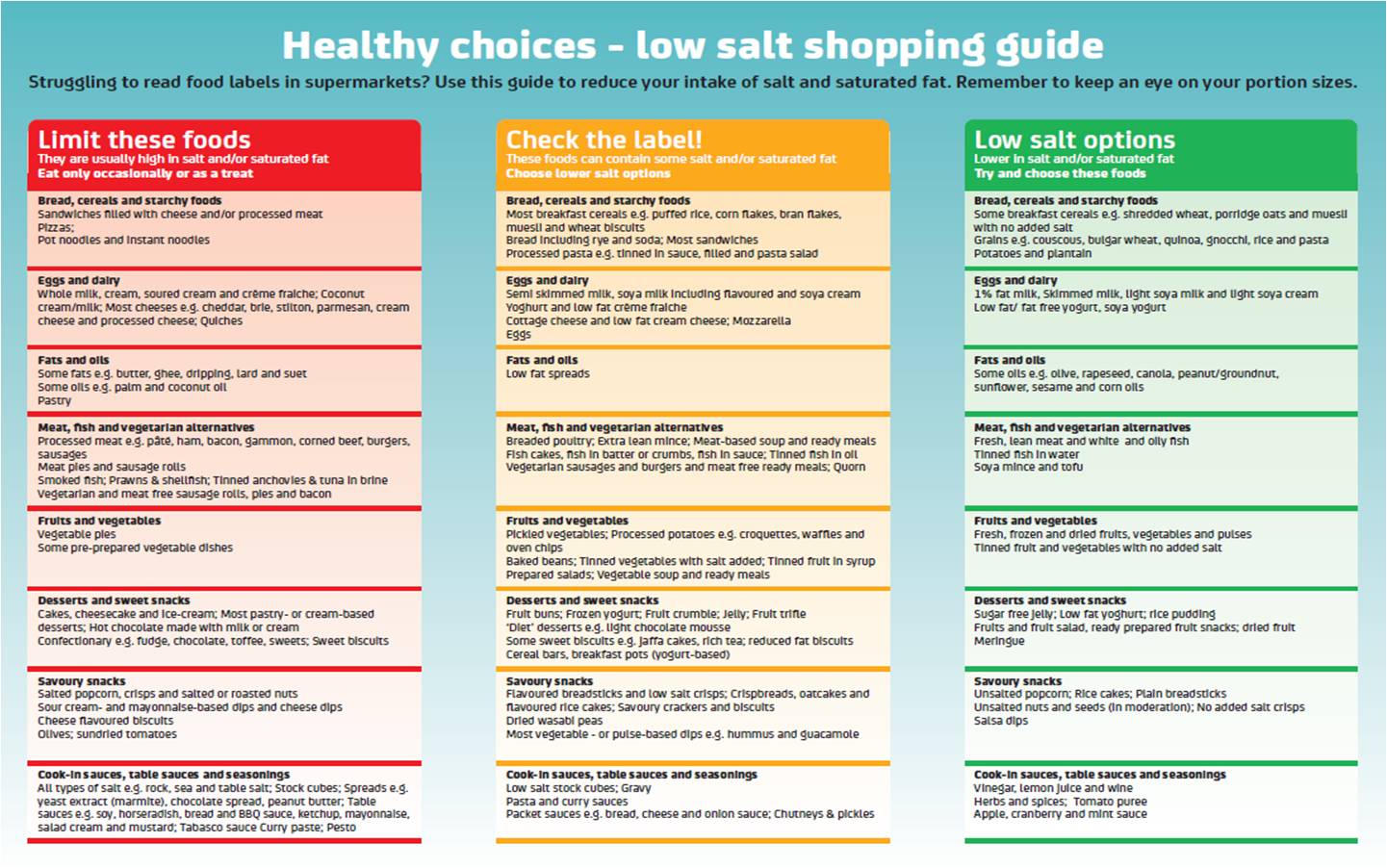Obesity
Introduction
Obesity is an increasing problem in the UK. Currently 25% of adults in England are obese and 35% are overweight. Obesity is defined as a Body Mass Index over 30.
Male obesity in the UK has increased from 13.2% in 1993 to 26.9% in 2015 while obesity amongst women has increased from 16.4% to 26.8% over the same period.
Obesity amongst children is also a problem, increasing from 10.9% in 1995 to 29.6% in 2016 amongst those aged between 4-11yrs old, with 27.3% being classed as overweight.
Obesity is huge health burden and is associated with many health conditions. These include diabetes, hypertension, cardiovascular disease, sleep apnea and shortness of breath. In 2002, the direct cost of treating obesity was between 45.8 and £49.0 million pounds and the indirect cost (treating consequences) was around 1 billion pounds. The direct cost to the NHS in 2014-2015 was estimated at £6.1 billion per year. The costs attributable to overweight and obesity are projected to reach £9.7 billion by 2050.
Who is at risk of obesity?
Everyone is at risk of obesity if they consume an unhealthy diet or have an unhealthy lifestyle. However, those most at risk include ex-smokers, people of black African descent, inactive individuals and children (or adults) who also have a high intake of sugared-soft drinks.
How does salt contribute?
Whilst salt is not a direct cause of obesity it is a major influencing factor through its effect on soft drink consumption. Salt makes you thirsty and increases the amount of fluid you drink.
Current Salt Intake and Dietary Advice
Almost everyone in the UK (and the rest of the Western world) eats too much salt. The daily recommended amount is no more than 6 grams a day; the current average salt intake is around 8g a day although many people are eating more than this.
People with or considered at risk of obesity should ensure that they keep their salt intake below the recommended maximum of 6g. This can be achieved by simple changes, such as consuming less processed foods and checking product labels before purchase. Click here [PDF 606KB] for a handy shopping guide to help you identify foods high in salt and the low salt options.
To further reduce your risk of obesity you should make sure you eat at least 5 portions of fruit/vegetables per day, increase the amount of exercise you do (at least 30 minutes, 5 times a week) and reduce the amount of saturated fat, fat, sugar and calories that you eat. You can use the free FoodSwitch UK app to help you find healthier choices when you shop. It has different filters and shows you similar but healthier choices lower in salt, saturated fat, sugar and calories.



